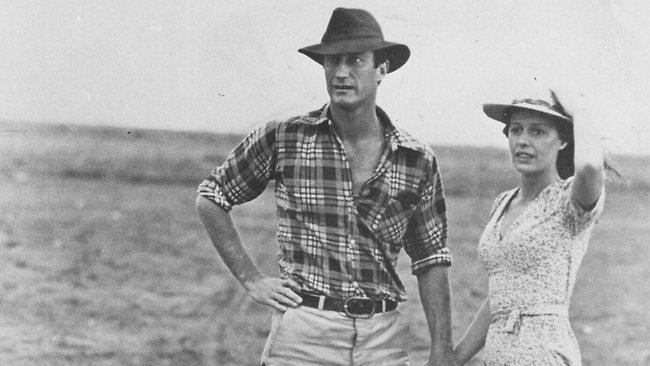War is a barbaric, dehumanizing and destructive force that rips families apart and tears nations to shreds. Like a wildfire, it has no mercy and it is indiscriminate in its destruction. Also like a wildfire, however, it can be a catalyzing force for new growth and potential.
Neville Shute’s A Town Like Alice is a long, intricate, emotional, and deeply fascinating look at life during Japanese occupation and post-war life after much destruction. But even more than that, it is a story about the search for vocation. Our favorite characters in this novel endure incredible, unthinkable, suffering during the Japanese occupation of Malaysia during WWII. At the risk of sounding cliché, what did not kill them, made them so much stronger. Ordinary people living through extraordinary circumstances discovered something about themselves that could only be uncovered under extreme pressure.
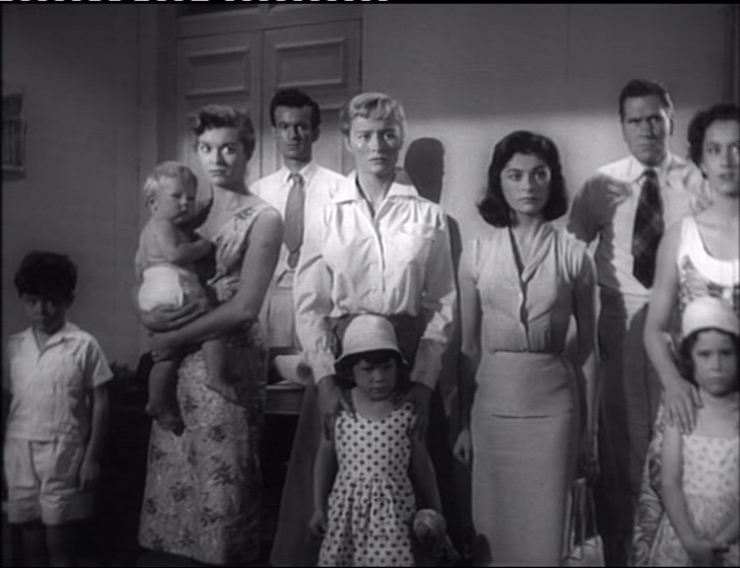
In this story, the reader follows English born Miss Jean Paget from post-war England back in time to the Japanese invasion of Malaysia where she was a typist in a rubber factory. The first half of this tropical novel more or less covers her experience as a prisoner of war. Once that chapter of her life has been explained, we follow Jean back to Malaysia and on to Australia and her new endeavors for the remainder of the book.
Before the war, Jean was a young woman of no particular consequence. Her behavior during horrific circumstances, however, reveals something very substantial about her character that not even she knew was there. As we hear from Jean, however, it aged her. Three years as a prisoner left a young twenty-something woman feeling like she was seventy. I see now that we have to understand the scars of the survivors if we are going to properly appreciate the rest of the book.
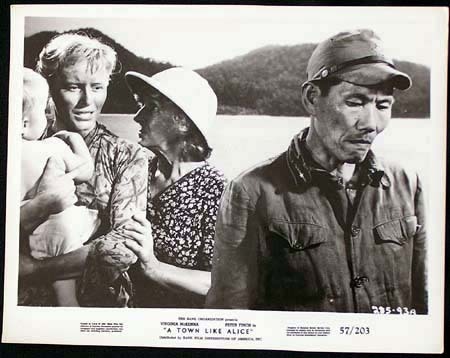
This is not a sad book. There are some sad bits, but overall, it is a romantic book. And by romantic, I mean both definitions of the word. There is a beautiful romance between two noble characters, as well as a romance of ideas and possibilities. While the party of women and children arrested by the Japanese numbered 37 white English at the start of the occupation and concluded at less than half of that number, there was much heroism and beauty even in their suffering. After the war, in the second half of the novel, those lessons of courage and creative compassion are channelled into significantly inspired and powerful ventures.
While the war is a character in and of itself, so too are the Malaysians and the Australians. Shute writes about native peoples in a way that makes us feel as though we can understand their wildly different way of life. He shows the common ground that all of humanity and religions share as well as highlighting the differences in profound ways. As the narrator says in the final chapter, Jean’s letters “home” to England began as those of an English woman living in a foreign country. By the end of the novel, however, Jean writes herself into the landscape as one of the people who call Australia home.

A beautiful novel, but not one without some major hiccups.
First, the story opens in a very dry and stilted way. A man whom we come to know as Jean’s attorney is laying down his memoir of “The Paget Girl”. Before we can understand that or even meet Jean, however, we are embroiled in matters of a personal estate trust. Had this book not been so passionately recommended by a friend who shares my taste in fiction, I might not have persisted. It is a weak opening, in my opinion, and is absolutely not a foretaste of what is to come.
Second, the story is told generally from an observer’s point of view, but often switches into intimate first person story telling and then back out to third person narrative. It works, but it is a bit quirky. We understand that Jean’s attorney is telling us Jean’s story, as he learned it directly from her and her letters. However, there is so much dialogue in the recollections that it often feels as though it were unfolding in front of us. It also stretches the limits of credibility when some of the very personal and very intimate details of interactions are supposedly recounted to us by Jean’s lawyer via a letter that Jean sent to him. Specifically, the romantic beach scenes. I just don’t think that those details would have been shared in that way. I wish that Shute had not boxed himself in with the format.
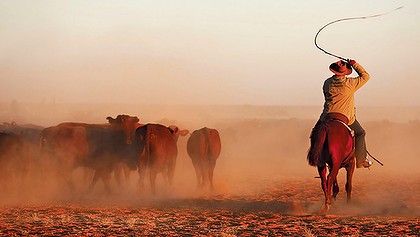
Third, while perfectly appropriate to its time and place, modern readers may be offended by the way in which natives in both countries are characterized. For example, in one business, the natives are served in a separate room. I would think that most of the race related elements are typical cultural nuances that were probably pretty accurate of that time and place. Additionally, even though Jean is a brilliant lead character with incredible leadership skills and business acumen, Shute does put men and women in their very traditional roles. I did not think that it was at all sexists, but modern women may not share my opinion. I chose to take all of these things as being part of the war and early post-war cultural of the Pacific. While modern readers may be sensitive to the way the black and female characters are represented, I don’t think that Shute intended any disrespect or degradation of their valuable contribution to their society.
Finally, there are two scenes that may make this story inappropriate for teen readers, despite the fact that I believe that this is on the Mensa list for highschool students:
- In one scene, the Japanese crucify someone as a means of torture. Without spoiling, I can explain that it is jarring but not graphic. Deeply unsettling because of the context but mostly off scene.
- There is a romantic beach scene. It is not graphic and it is pretty clear that it goes far but not all the way. It is tastefully done but the couple are not married. The reason why it stops as it does is because they do want to do things in the appropriate order.
All of those criticisms notwithstanding, this story grows beautifully and when we are just over the midway point, we think that it must be getting to the point of finishing up. This, is where the book is its most satisfying. So often authors will give us the happy ending without giving us much information about what happens later. In this case, we understand that the “happy ending” is a series of happy endings and that life lived well is interesting and exciting at every chapter.
The audiobook is extremely well done. The narrator reads in a middle aged English voice for the narrator lines – totally appropriate to the text. Later on, however, he does the accents for the other voices beautifully and authentically. I genuinely enjoyed his vocalization of the story.
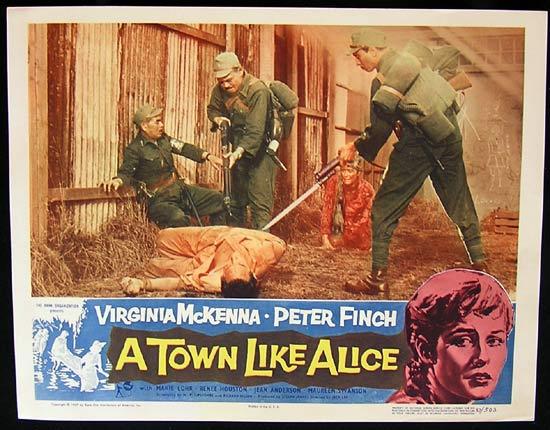
There have been 2 attempts to capture this book on the screen. I found the 1956 movie to be a keeper. It is very truncated, in fact, just under half of the book is completely left out. However, it tells the first more than half of the story with real integrity. Of course there are minor changes in order to adapt the story to screen, but it is a very faithful retelling of this compelling book.
The acting is beautiful and the supporting characters are given more personality in the movie then they were in the book because of the excellent craftsmanship of the actors who filled the roles.
I have not been able to get my hands on the 1980s Australian mini series. All of the reviews I have read say that it is incredible. I continue to be on the lookout for a reasonably priced version on dvd.
